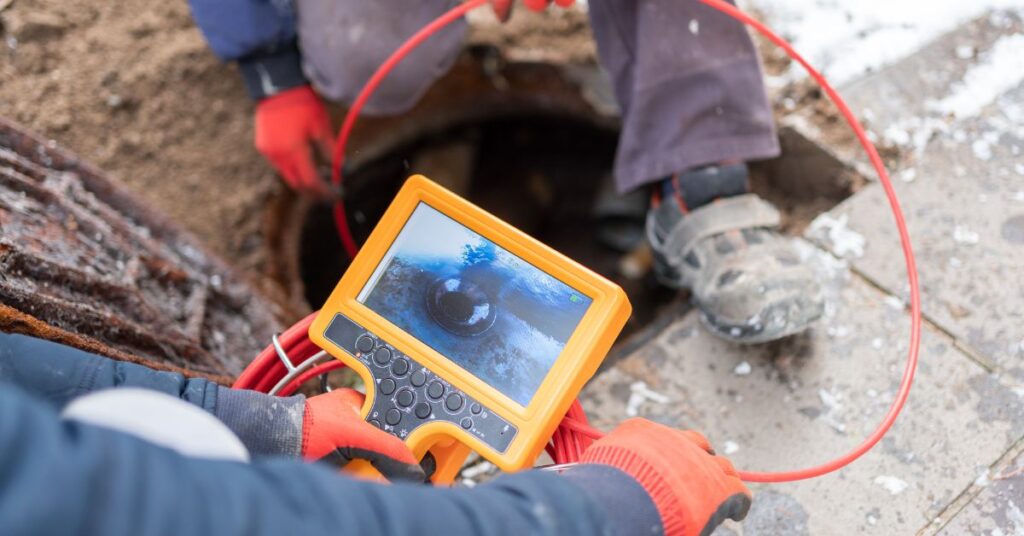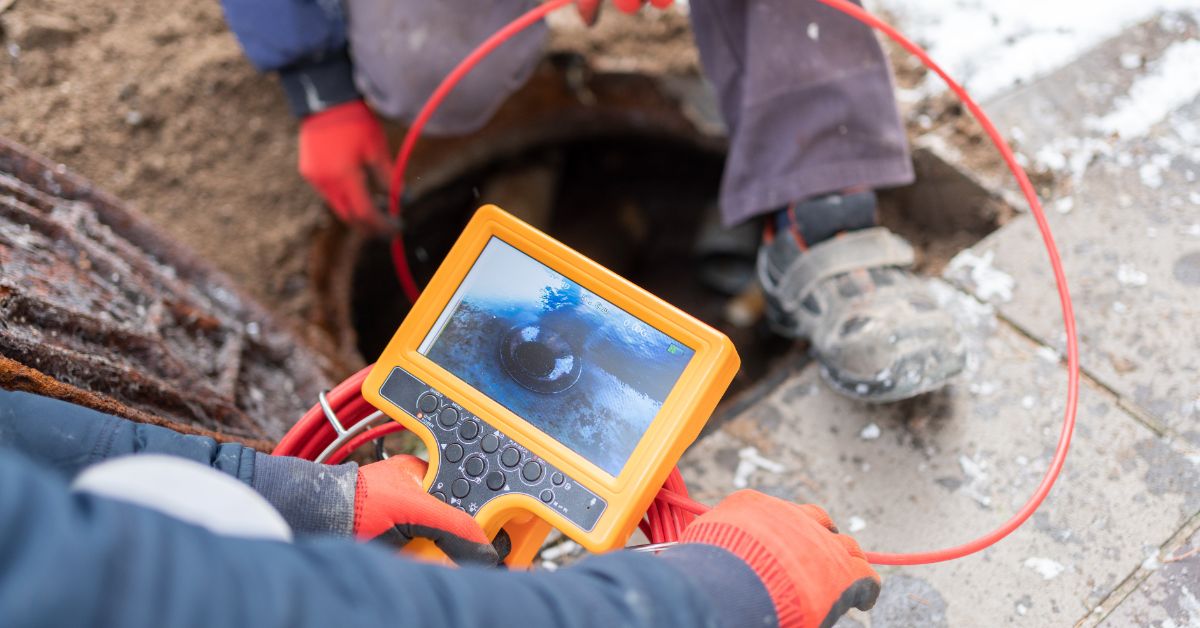Vision Inspection Systems (VIS) play a crucial role in maintaining high standards by employing advanced technology to detect defects and anomalies in products with precision and efficiency.

What Is Vision Inspection Systems?
Vision Inspection Systems, often abbreviated as VIS, are automated technologies designed to visually inspect and analyze products during various stages of production. These systems utilize cameras, sensors, and image processing software to detect defects, measure dimensions, verify shapes, and ensure overall product quality. By employing high-resolution cameras and sophisticated algorithms, VIS can identify even minute imperfections that might go unnoticed by human inspectors.1
How Vision Inspection Systems Work
- Image Acquisition: VIS capture images or videos of products using cameras placed strategically along the production line. These cameras can be fixed or mounted on robotic arms for flexibility.
- Image Processing: The captured images are processed using specialized software that analyzes them based on predetermined criteria such as color, shape, texture, and size. Advanced algorithms can differentiate between acceptable and defective products by comparing the images against reference models or standards.
- Defect Detection: The software identifies defects such as cracks, scratches, incomplete components, or deviations from specifications. It can also perform measurements to ensure products meet precise dimensional requirements.
- Decision Making: Based on the analysis, the system makes real-time decisions to accept or reject products. This information can be used to trigger alarms, mark defective items for removal, or provide feedback for process adjustments.
Applications of Vision Inspection Systems
Vision Inspection Systems find applications across diverse industries where quality control is critical. Some common applications include:
- Automotive Industry: Checking precision components like engine parts and assemblies for defects.
- Electronics: Inspecting circuit boards, connectors, and displays for soldering defects or component misalignment.
- Food and Beverage: Ensuring food safety by detecting contaminants, verifying packaging integrity, and checking label accuracy.
- Pharmaceuticals: Inspecting pills, capsules, and vials for flaws and ensuring correct packaging.
- Packaging: Verifying the presence of labels, barcodes, and proper packaging orientation.
- Textiles: Checking fabrics for flaws, ensuring patterns are correct, and verifying colors.
8 Benefits of Vision Inspection Systems
Vision Inspection Systems (VIS) offer a wide range of benefits across various industries where quality control is crucial. These systems leverage advanced technology to enhance manufacturing processes and ensure consistent product quality. Below are some key benefits of Vision Inspection Systems:
1. Enhanced Quality Control
One of the primary benefits of Vision Inspection Systems is their ability to perform highly accurate and consistent inspections. Unlike human inspectors, VIS can detect minute defects and inconsistencies that may not be visible to the naked eye. This ensures that products meet stringent quality standards and reduces the likelihood of defective items reaching consumers. By identifying defects early in the production process, VIS helps minimize rework, scrap, and customer complaints, thereby improving overall product reliability and customer satisfaction.
2. Increased Efficiency
Vision Inspection Systems automate the inspection process, reducing the reliance on manual labor and the associated costs. These systems operate at high speeds and can inspect products continuously without fatigue or variability, leading to faster throughput and increased production efficiency. By integrating seamlessly into production lines, VIS contribute to streamlined operations and reduced cycle times, ultimately boosting overall productivity and profitability for manufacturers.2
3. Cost Savings
Implementing Vision Inspection Systems can result in significant cost savings over time. By minimizing the occurrence of defects and ensuring product consistency, VIS reduce waste, scrap, and the need for rework. This not only lowers material and labor costs but also enhances resource utilization efficiency. Moreover, by preventing defective products from reaching the market, VIS help mitigate potential recalls, fines, and damage to brand reputation, thus protecting long-term financial viability.
4. Data Insights and Traceability
Vision Inspection Systems generate valuable data and analytics that provide insights into production quality and process performance. Manufacturers can analyze this data to identify trends, root causes of defects, and opportunities for continuous improvement. VIS also facilitate traceability by documenting inspection results and providing a record of quality assurance throughout the manufacturing process. This capability is particularly beneficial for industries with stringent regulatory requirements, such as pharmaceuticals, automotive, and aerospace.
5. Flexibility and Adaptability
Modern Vision Inspection Systems are highly versatile and can be tailored to accommodate various product types, sizes, and production environments. These systems can handle complex inspections, including checking for dimensional accuracy, surface defects, assembly verification, and packaging integrity. Advanced software algorithms allow VIS to adapt to changes in product specifications or production conditions, ensuring consistent performance and reliability across different manufacturing scenarios.
6. Compliance with Standards and Regulations
For industries governed by strict regulatory standards, such as food and beverage, pharmaceuticals, and electronics, Vision Inspection Systems play a crucial role in ensuring compliance. These systems can detect contaminants, verify labeling accuracy, and confirm adherence to product specifications and safety standards. By maintaining compliance with regulatory requirements, manufacturers can avoid costly penalties, legal issues, and reputational damage, thereby safeguarding their market position and customer trust.
7. Real-Time Monitoring and Feedback
Vision Inspection Systems provide real-time monitoring of production processes, allowing immediate feedback and corrective actions when deviations or defects are detected. This proactive approach minimizes the impact of quality issues on downstream operations and enables prompt adjustments to maintain optimal production performance. Operators can receive alerts or notifications for out-of-spec products, enabling timely interventions to prevent quality issues from escalating and ensuring continuous operation without interruptions.
8. Improving Overall Operational Excellence
By integrating Vision Inspection Systems into their operations, manufacturers can achieve higher levels of operational excellence. These systems contribute to a culture of quality within the organization by promoting consistency, reliability, and continuous improvement in manufacturing processes. As a result, companies can strengthen their competitive advantage, meet evolving customer expectations, and drive innovation in product development and quality management practices.
Challenges and Considerations
While Vision Inspection Systems offer significant benefits, there are challenges to consider:
- Complexity: Implementing VIS requires expertise in both hardware (cameras, lighting) and software (image processing algorithms).
- Cost: Initial setup costs can be high, although they are often offset by long-term savings in quality control and efficiency.
- Adaptability: Systems may need adjustments to accommodate variations in products or environmental conditions.
- Training: Operators and maintenance staff need training to effectively use and maintain VIS systems.
Future Trends in Vision Inspection Systems
The field of Vision Inspection Systems continues to evolve with advancements in artificial intelligence and machine learning. Future trends include:
- AI Integration: Using AI to improve defect detection accuracy and adaptability to new products.3
- 3D Vision: Implementing 3D imaging for more detailed inspections of complex surfaces and shapes.
- IoT Connectivity: Connecting VIS with other production systems for real-time data sharing and analysis.
- Augmented Reality: Using AR for enhanced operator guidance and troubleshooting.
Find Vision Inspection Systems Now
Vision Inspection Systems are indispensable tools in modern manufacturing, ensuring products meet high standards of quality and safety. By harnessing the power of cameras, sensors, and advanced software, VIS contribute to efficiency, cost savings, and customer satisfaction across various industries. As technology continues to advance, Vision Inspection Systems will play an increasingly vital role in shaping the future of manufacturing quality control. To see vision inspection systems, start an online search now.
References:

Leave a Reply